Description
Strategies For Going Online. Volume 12 in the UBSS Publications series. A valuable online strategy handbook for educational institutions, faculty and students.
In the current era of accelerating change, timing is everything. To be successful in business, or simply to make a positive and significant contribution in an emerging or rapidly changing industry, a new product must be brought to market just when the need for it is being widely recognised (the knee of the curve) and before the demand for it is being met and monopolised by competing suppliers.
In the higher education industry, the knee of the curve has now been reached for online learning. The COVID-19 induced substitution of online for face-to-face delivery during 2020-22 demonstrated to sceptical industry participants that required materials could be delivered in an interactive and engaging manner online, that students (especially the less extroverted) were generally more comfortable communicating via chat box, computer, and mobile phone than they were speaking out in large classrooms, that it was often easier to provide personalised assistance in an online environment, and that new technologies such as Invigilator Plus could make online invigilation more secure (and considerably cheaper) than traditional onsite methods. In particular, the enforced transition reduced concerns about, and strengthened appreciation of, online learning among students who, as the final consumers of educational products in an increasingly global market – and despite delaying tactics by traditional providers with business models now well past their use-by date – will ultimately determine which modes of delivery will survive and prosper and which will be consigned to the dustbins of history.
The layout of the book is exemplary. The authors heed their own advice about chunking larger bodies of material and presenting the chunks in a logical, understandable, and attractive format. An overview introductory chapter is followed by four parts: Part A, Institutional perspective (Setting a stage for institutions going online); Part B, Faculty perspective (Strategies for faculty of institutions going online); Part C, Student perspective (Transitioning to online learning from the student’s standpoint); and Part D, Measuring effectiveness (Self-checking online capabilities). In each chapter, topics are identified and relations between them explained, are then described briefly for readers wanting a quick overview, and finally are discussed in more detail for institutions, academics, and students seeking more information on their nature and application. This approach provides an efficient and user-friendly way for readers to find and absorb information at the level they require.
The book is a must-have reference for educational institutions, instructors, and students seeking to update to the latest and best strategies, tactics, tools, and techniques for making the transition to online learning. The authors have long experience in the education industry (Professor Chanda is an engaging instructor, prolific publisher, and Provost of a new campus in Adelaide and UBSS Online; Professor Whateley is a current Deputy Vice-Chancellor with over 600 scholarly publications and more than 20 years experience with online education). They have mastered the skill of presenting information in a concise, easily readable, and interesting manner. The book warrants a permanent place on the desk or in the briefcase of all stakeholders wanting to keep pace with the rapidly changing education industry.
“Strategies For Going Online” is always in stock. “Printed On Demand” in Australia by Intertype

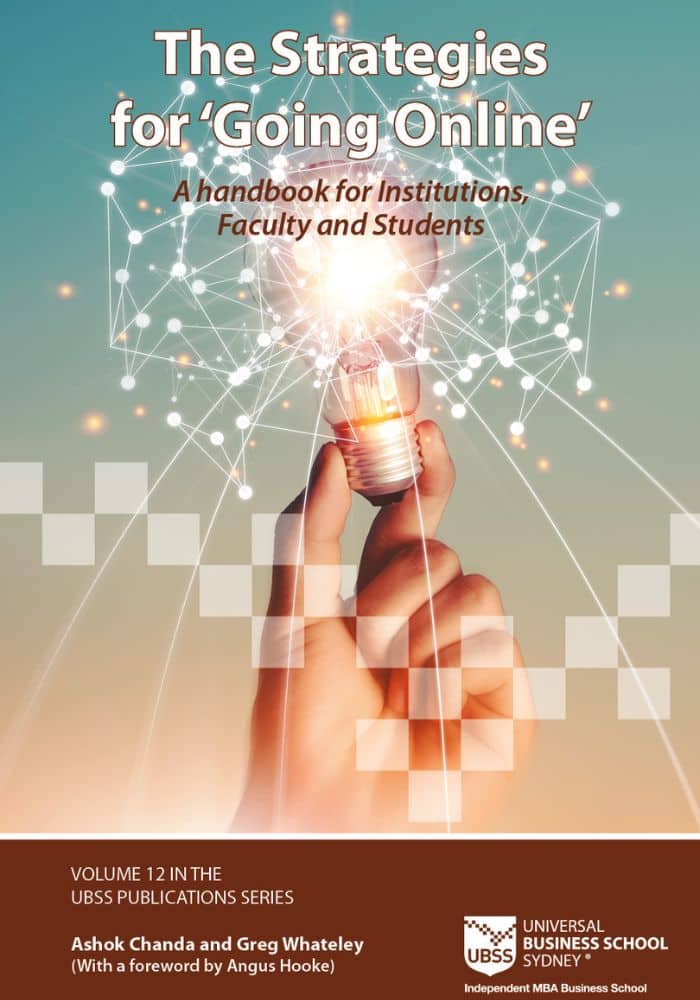
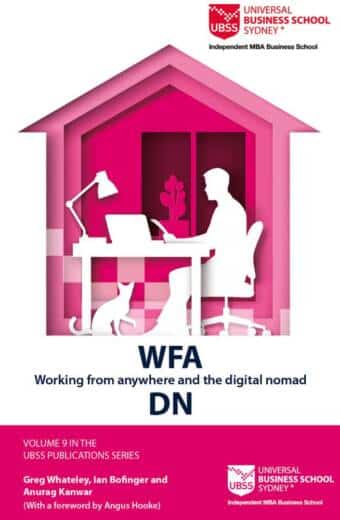

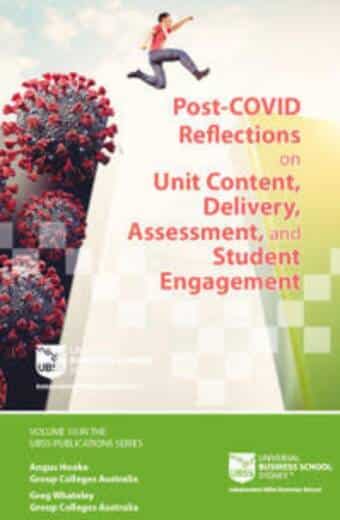


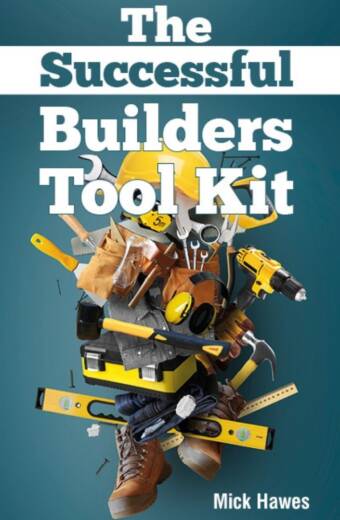



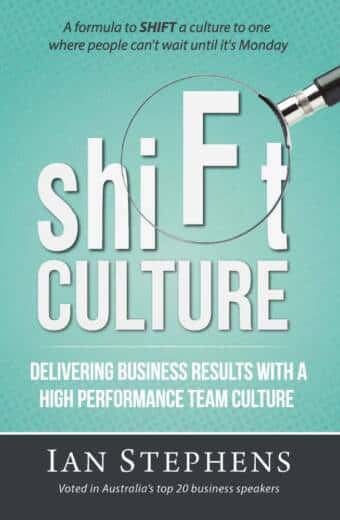
Reviews
There are no reviews yet.